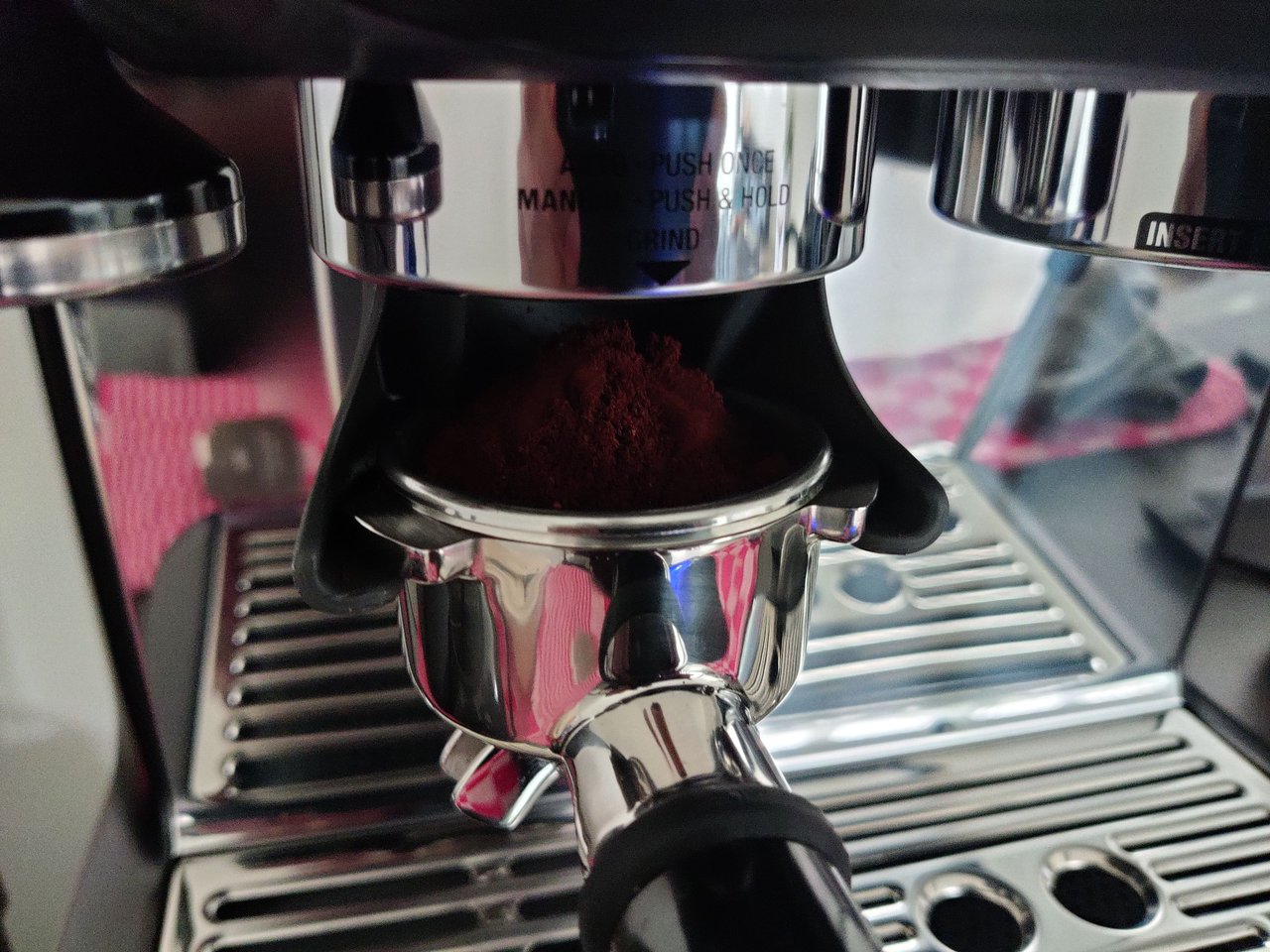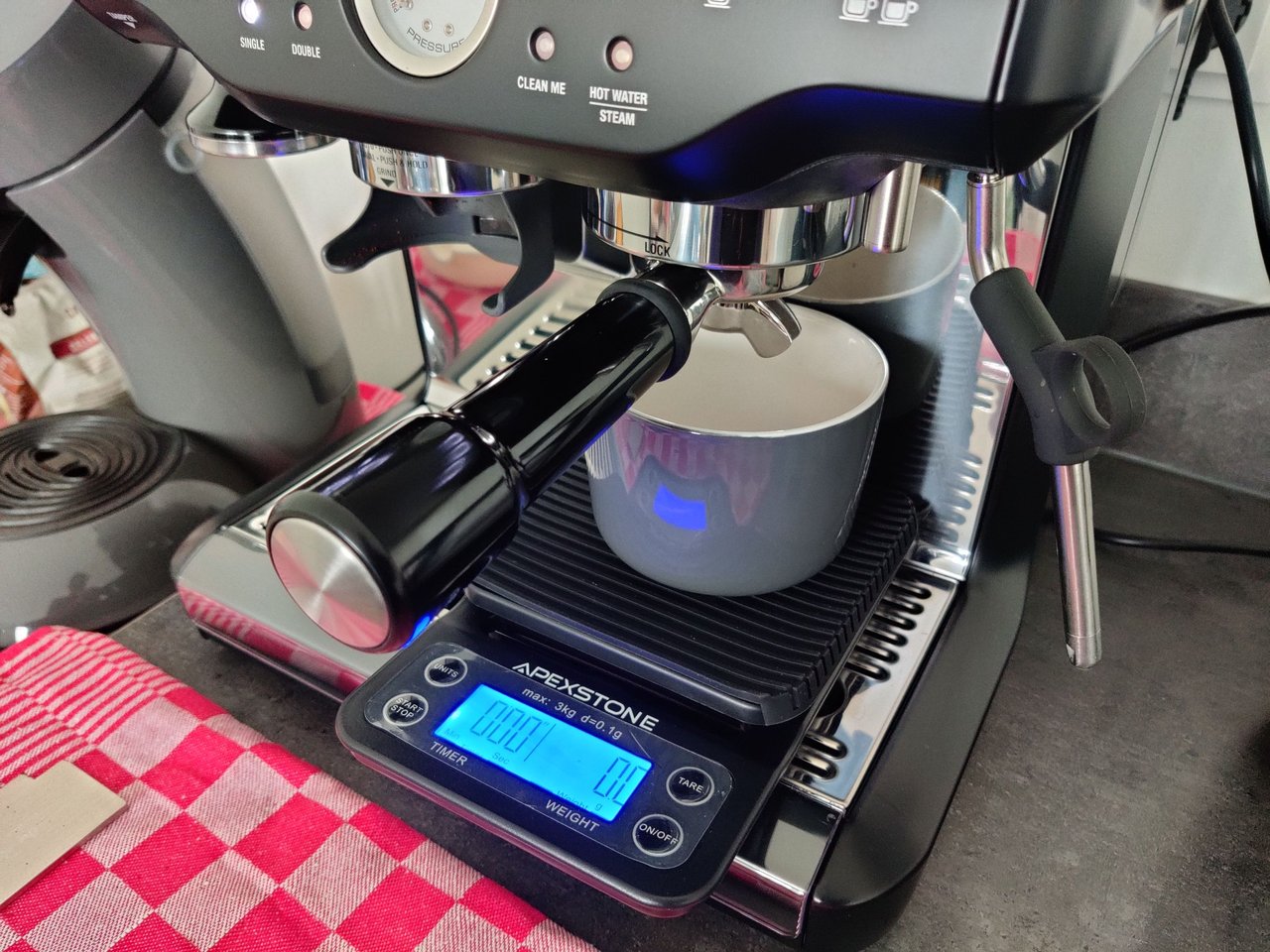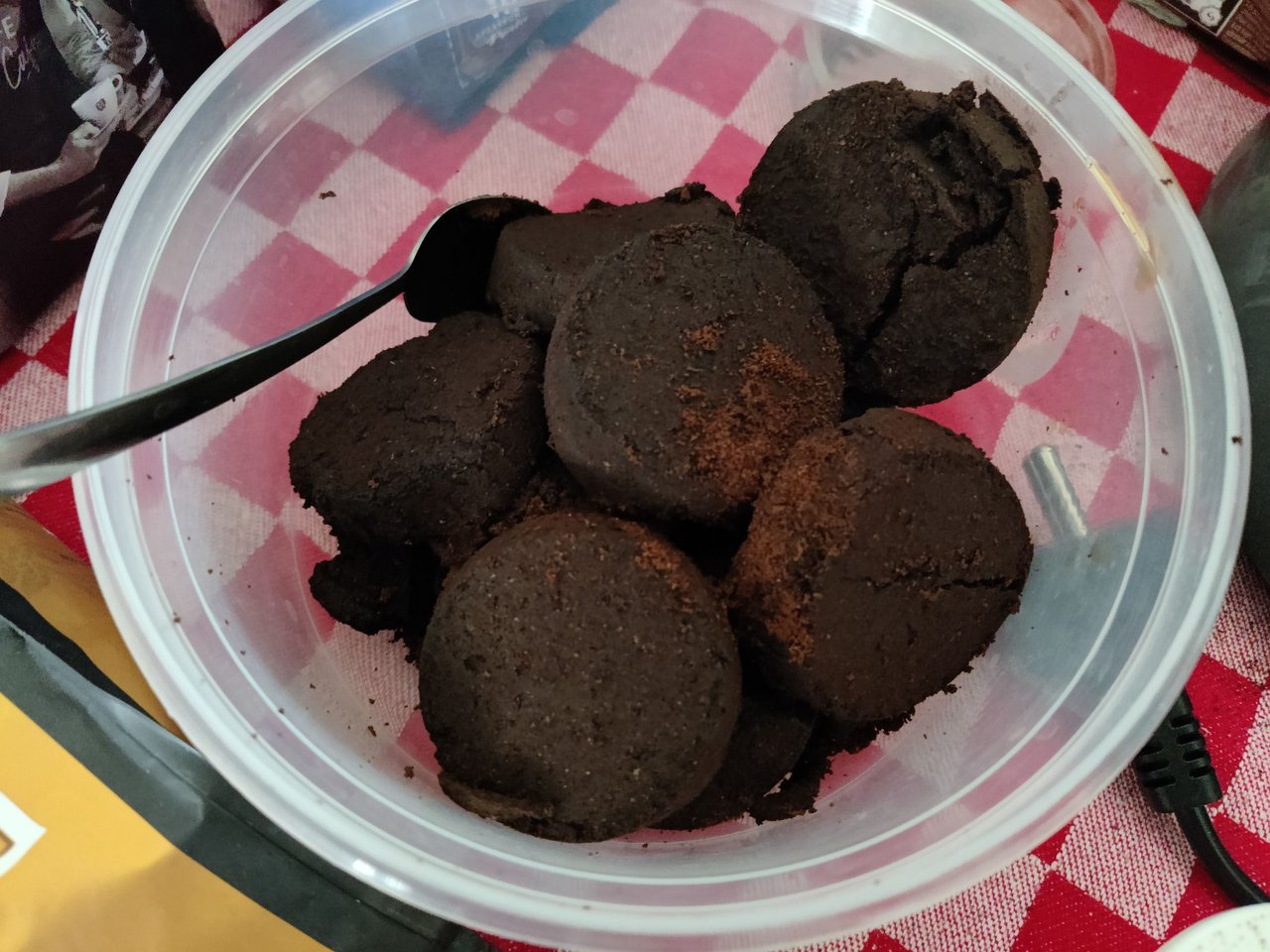Making my Own Espresso with the Sage Barista Express | Descending into Espresso Machine Madness
11 comments


Coffee is something every coffee-lover has a love-hate relationship with. Love for its taste, its smell and the overall happiness it brings, but somewhat hate for the dependency we have for it. I'm pretty sure most of you coffee connoisseurs have tried to quit caffeine at one point or another, only to run back to it, like a long-lost precious entity.
Either way, it's a fun journey of exploration and discovery, visiting new coffee shops, tasting different types of drinks and ways of brewing coffee. One of the classics is the taste of espresso. And this can turn into a chaotic spiral, which will eventually lead to the inevitable, buying your own espresso machine, which is what we recently did when one was on sale.

The Sage Barista Express, one of the more popular machines for beginners to making espresso, because of its all-in-one nature with its built-in coffee bean grinder and milk wand/steamer. Safe to say, I was excited to brew espresso with this new shiny piece of technology. In some other countries the machine is under the brand Breville, but it's essentially the same machine.
At first, I was winging it, with some instructions I got from youtube videos on how to use the machine, not taking other factors into consideration. And we got some pretty inconsistent results, some good, some bad. This obviously depends on what kind of taste you like. Some people like a bit more bitterness, while others like a bit more acidity, or anything in between.
Determined to be less inconsistent, I took to the internet again to do more research, learning about brew time, brew ratio, bean grind size, and many other things coffee geeks might recognize. I came to the conclusion that I was missing a scale with a built-in timer, so I bought one, and got to brewing again.

With a specific grind size after some trial and error I grinded the coffee and then weighed it with the new scale.

After distributing the ground coffee and tamping it flat and even, we got about 15.2 grams of coffee ready to make espresso with. From the previous picture, it seems that about 0.2 grams was lost in the process.

Now we're ready to brew, but it's not the end for the scale, as we need to know how much espresso is in the cup afterwards. To be more precise, we want about a 1:2 ratio between our ground coffee in and the espresso that comes out. So, for 15.2 grams we would need around 30.4 grams of espresso for a decent result in taste. The duration of getting that amount should also happen within 25-30 seconds, hence why we need a timer.
That setup looked a bit something like this:

In the whole process I forgot to take a picture of the scale readings, but it was about 32 grams of espresso, in about 23 seconds. I guess I need to do some tweaking.

After we have the espresso, you can just drink it as is, or add hot water or milk to create different types of coffee drinks.
For now, I'm still very much at the beginning of this journey, but I'm learning more with each shot, which have been quite a few so far.


[ Uniquely clever sign out message goes here ]


Comments